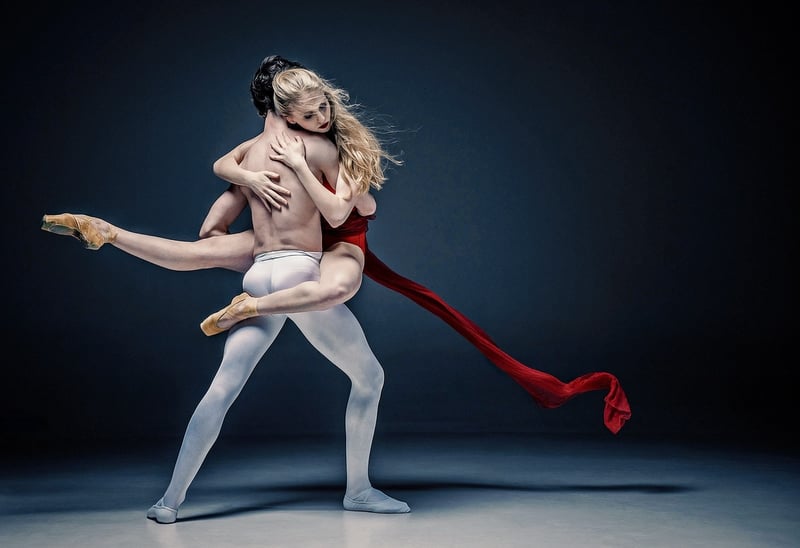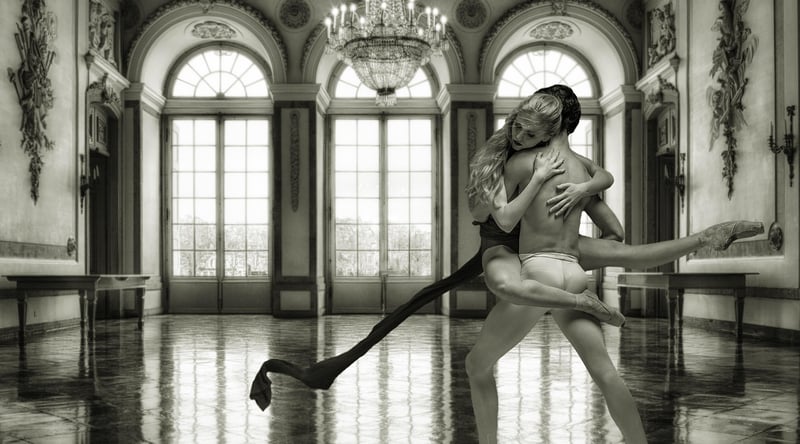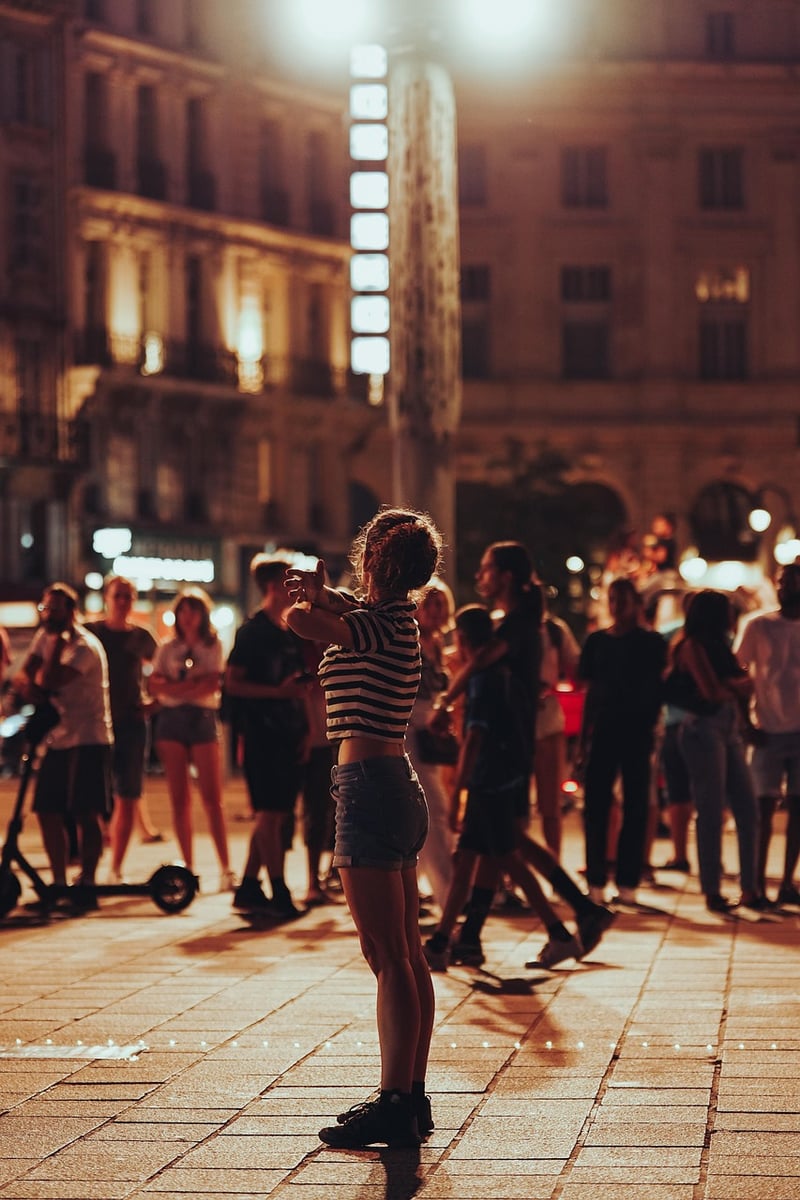Hip Hop
The Power of Expressive Movement in Hip Hop
Hip hop, a genre that has transcended music to become a culture and a way of life, is deeply rooted in expressive movement. From the fluidity of breakdancing to the rhythmic footwork of krumping, hip hop dance forms are a powerful means of self-expression and storytelling.
Breakdancing: The Foundation of Hip Hop Dance
Breakdancing, also known as breaking, emerged in the 1970s in the Bronx, New York, as a form of street dance. It is characterized by its acrobatic moves, intricate footwork, and dynamic freezes. Breakdancing is not just about physical agility but also about creativity and individual style. B-boys and B-girls use their bodies to create a visual language that speaks volumes without saying a word.

Krumping: Emotion in Motion
Krumping, a dance style that originated in South Central Los Angeles in the early 2000s, is known for its high-energy movements and raw emotion. Krump dancers use their entire bodies to convey feelings of aggression, joy, pain, and everything in between. The frenetic pace of krumping is a cathartic release for many dancers, allowing them to channel their emotions into movement.

Express Yourself: Finding Your Voice Through Dance
Whether you're gliding across the floor in a smooth hip hop routine or throwing yourself into the intensity of a krump battle, hip hop dance offers a platform for self-expression like no other. It's not just about hitting the right beats or nailing the choreography; it's about telling your story, sharing your truth, and connecting with others through the universal language of movement.
So the next time you hear a hip hop track that moves you, don't just nod your head – let your body speak. Embrace the power of expressive movement in hip hop and dance like nobody's watching.
Images source: Pixabay.com
